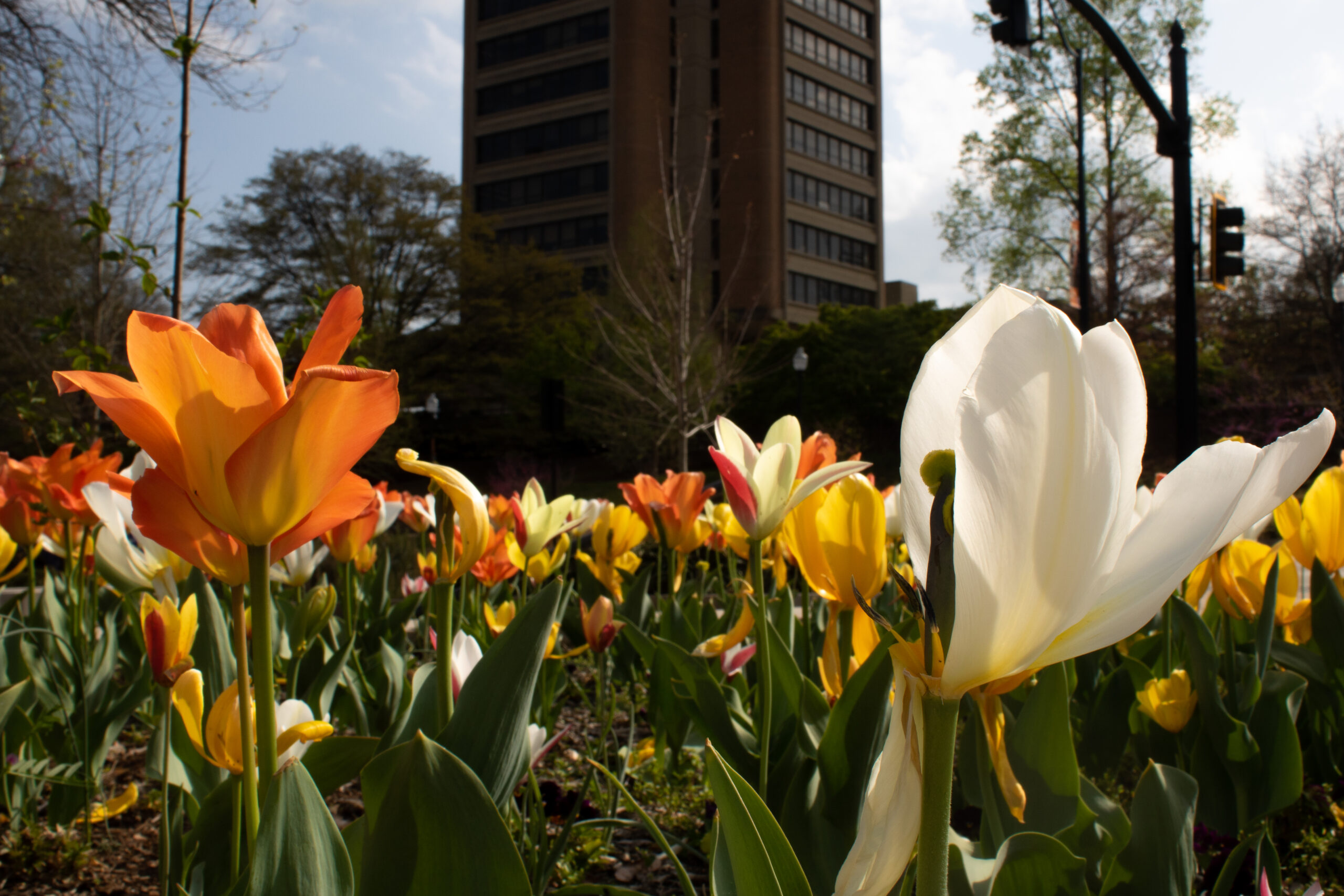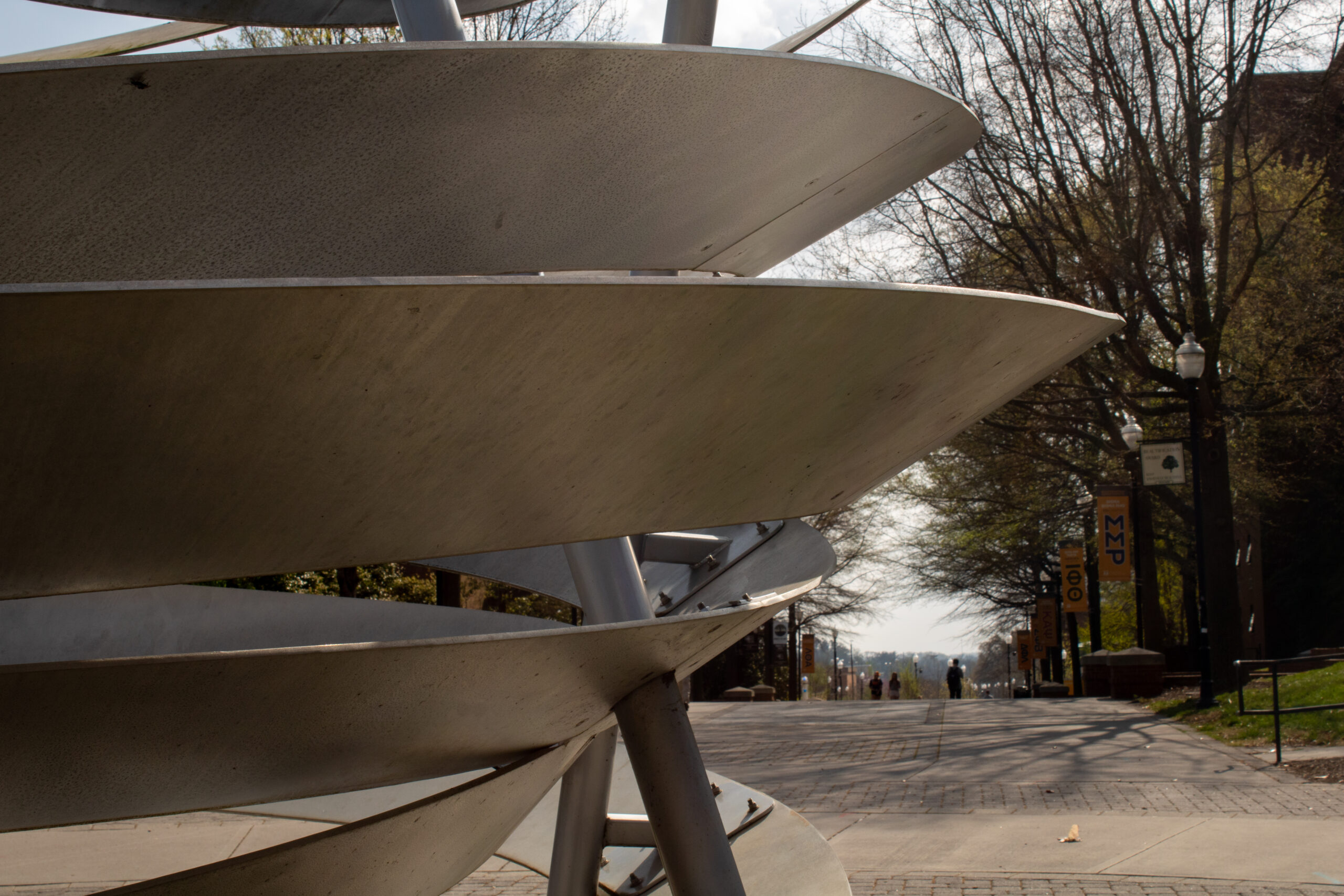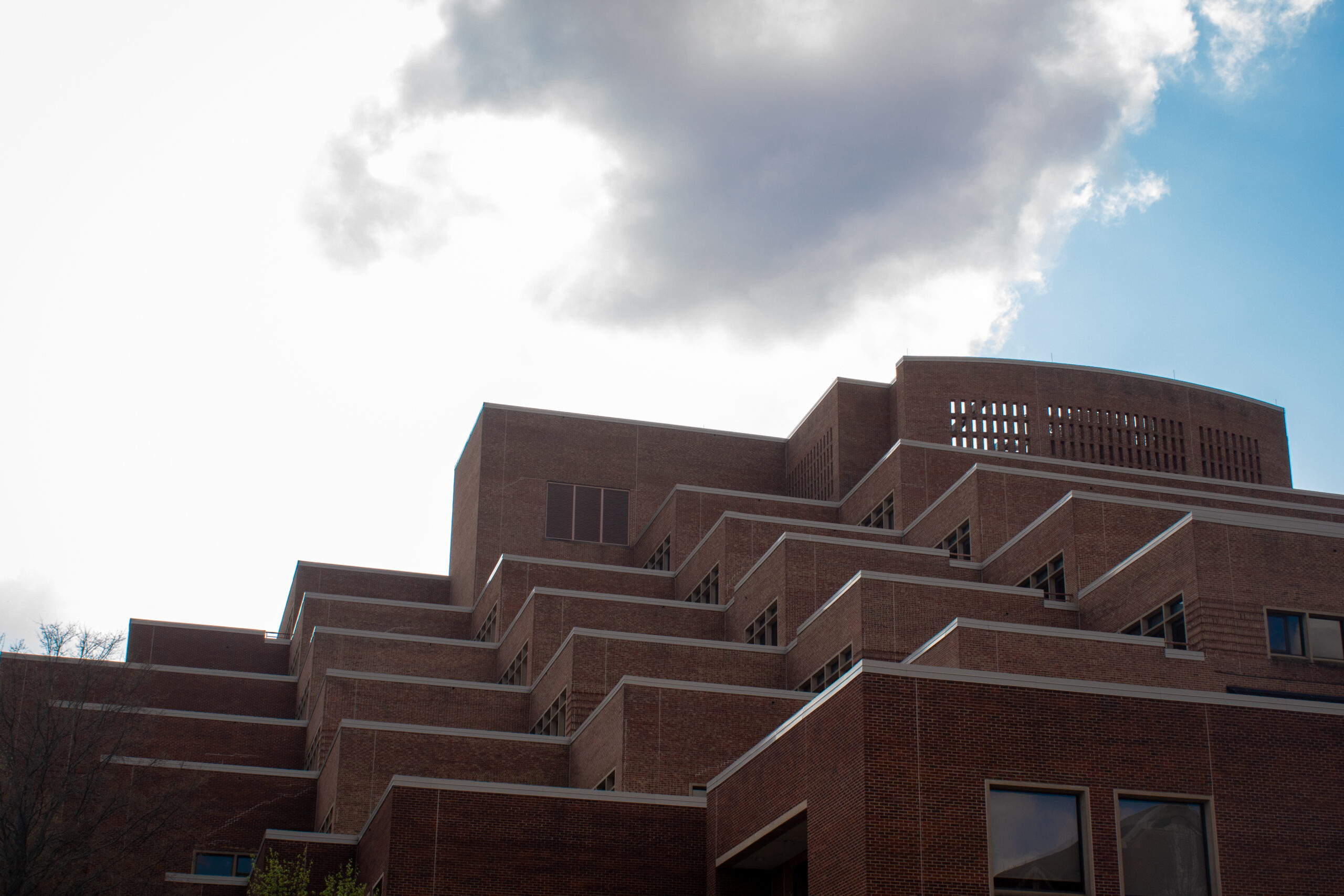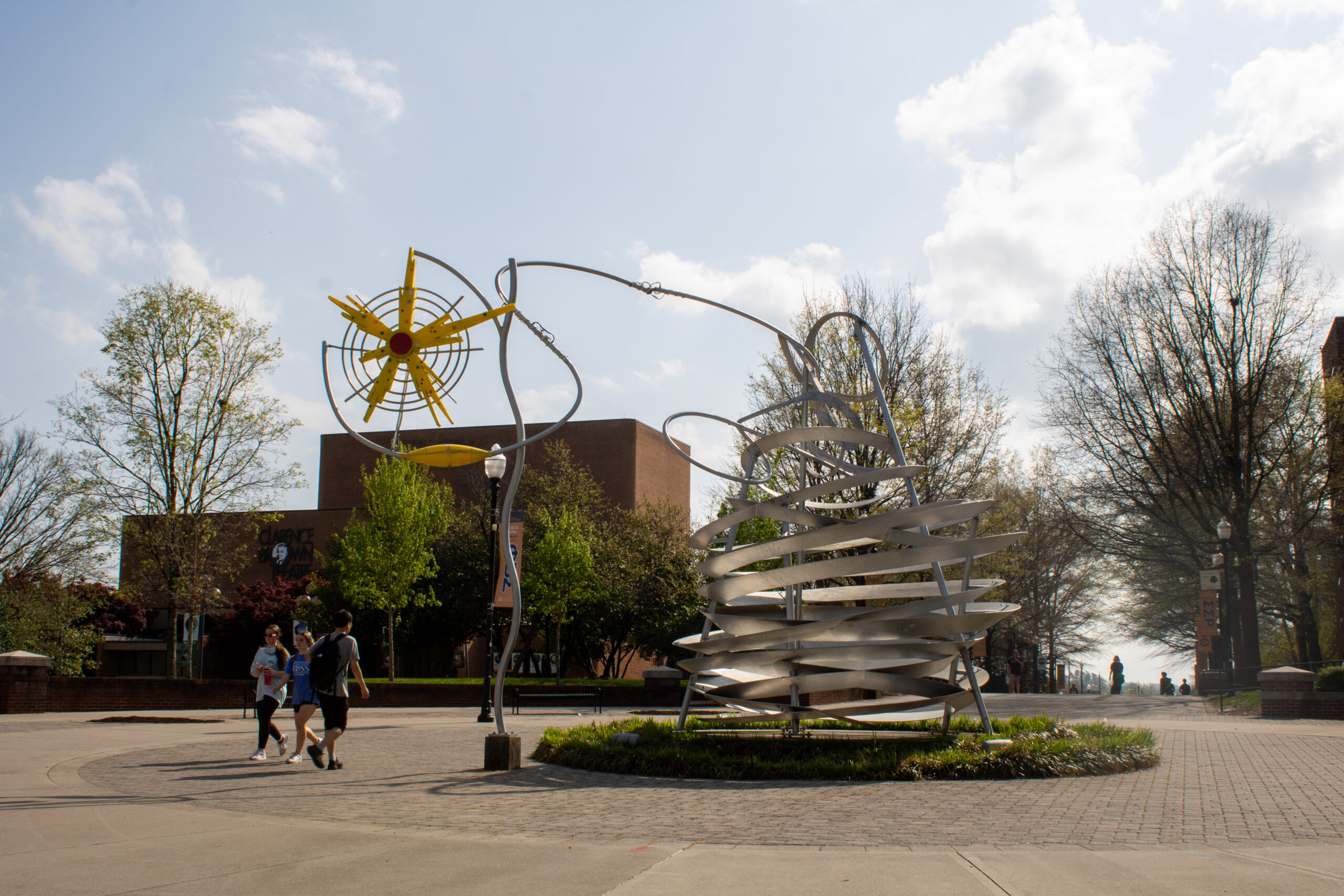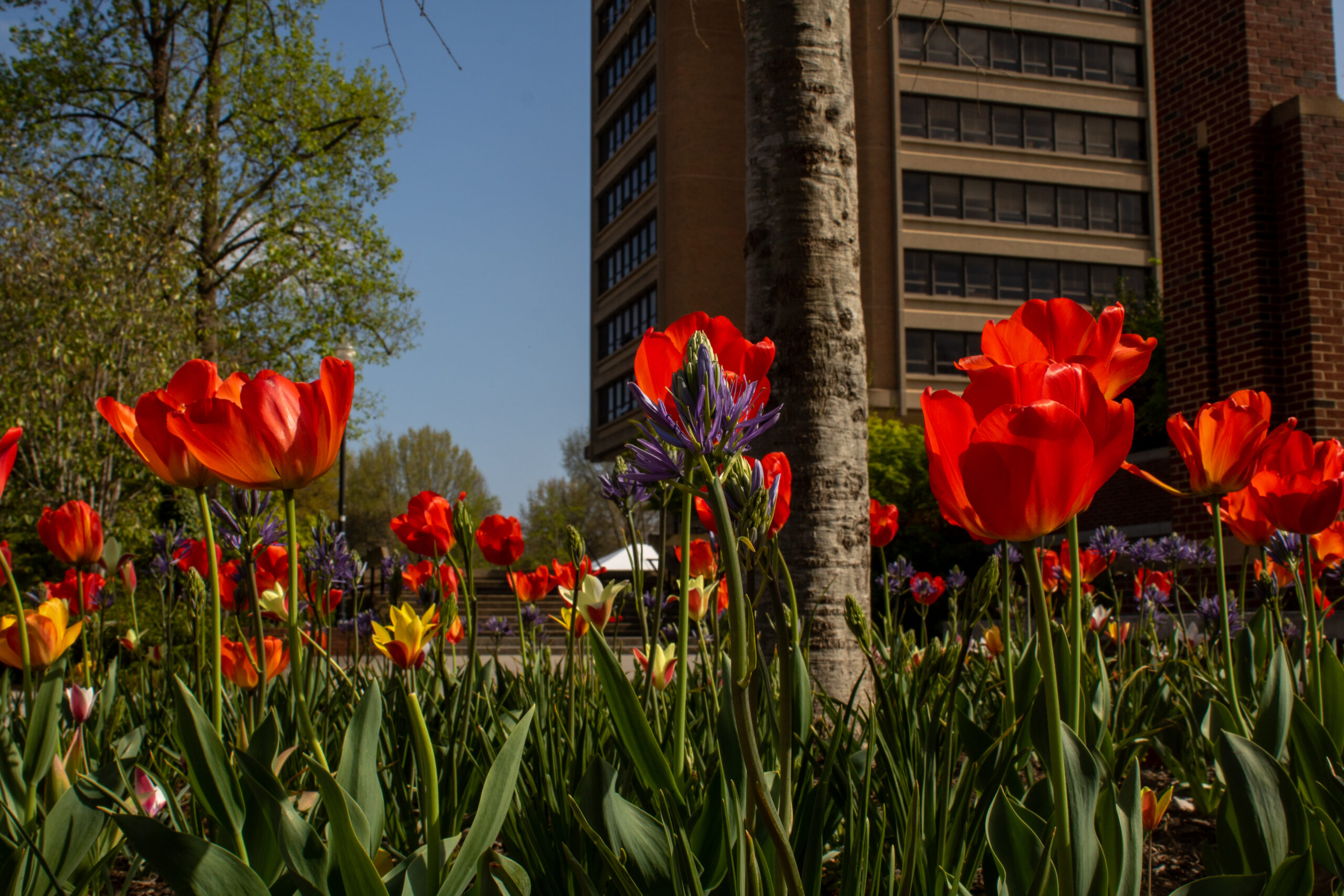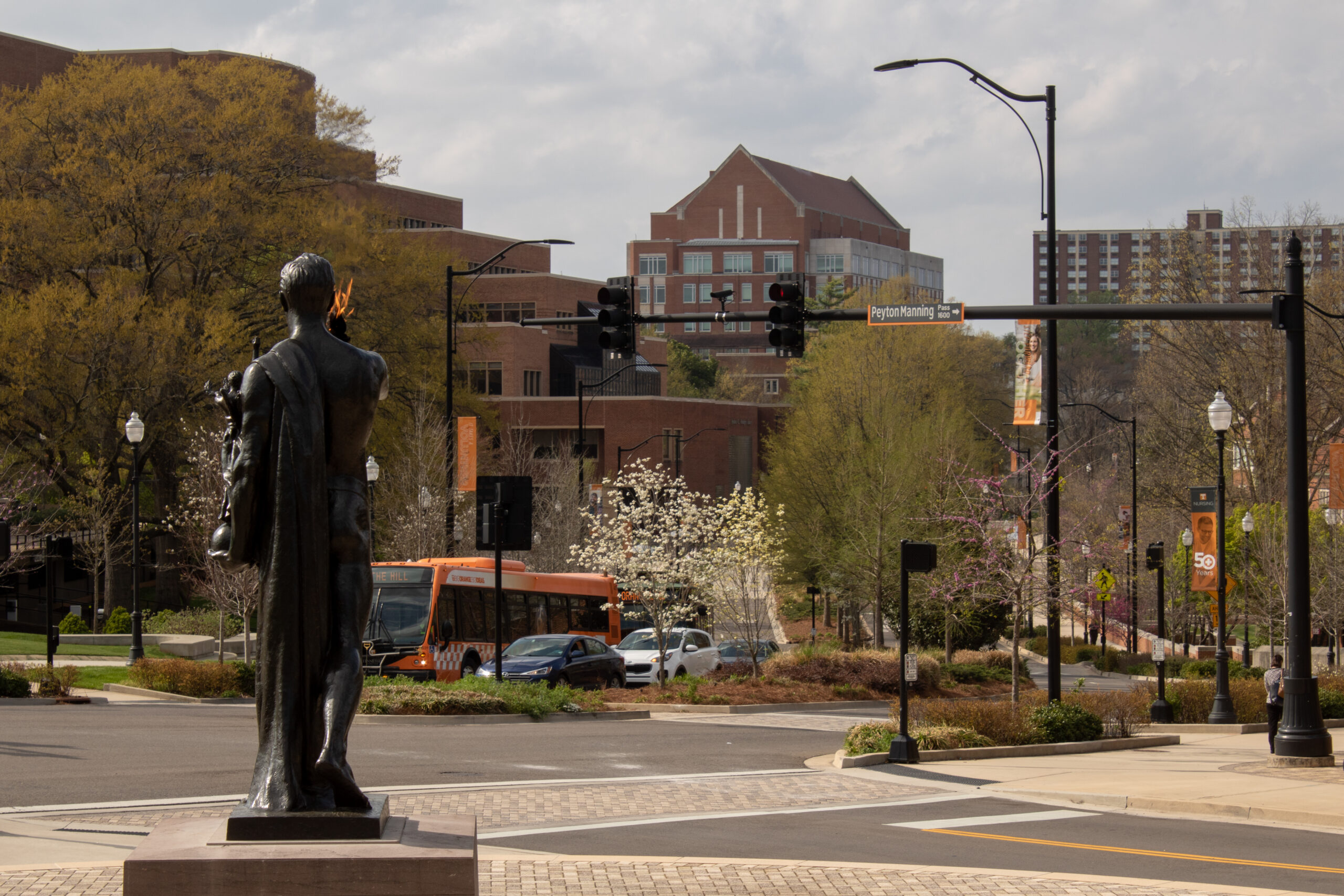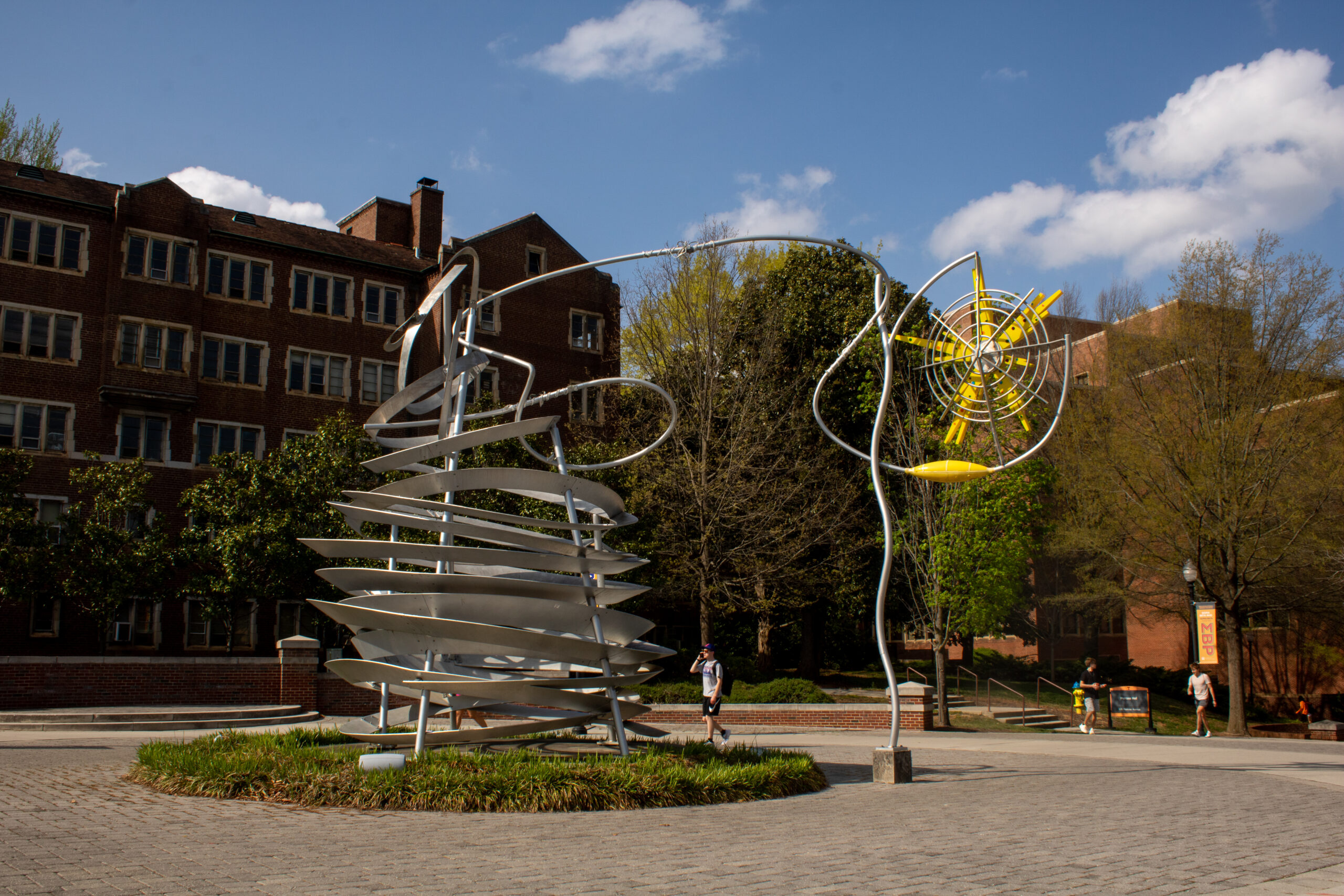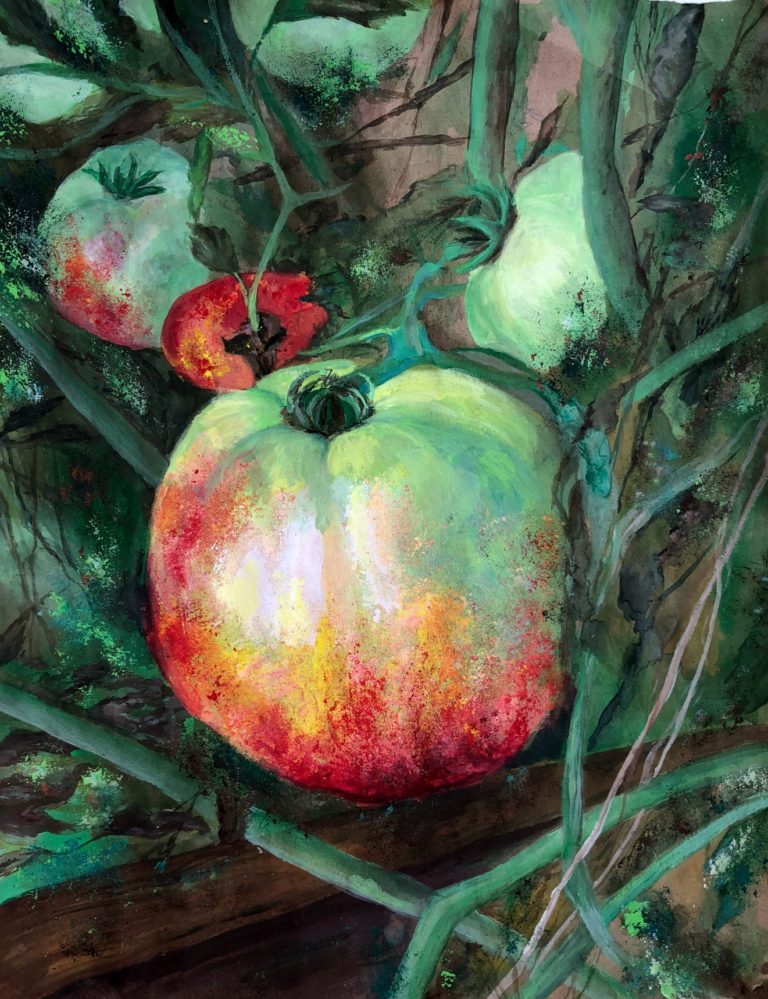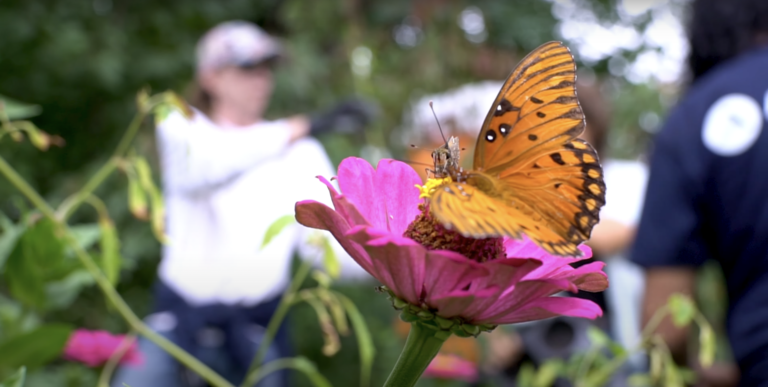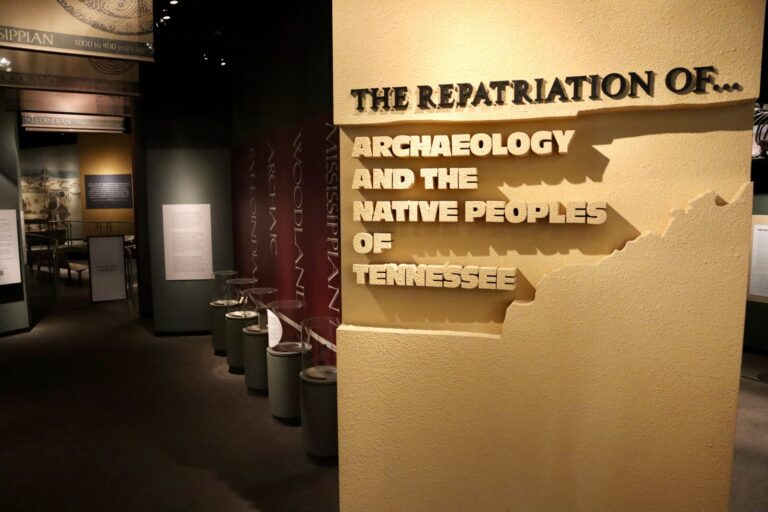Written by Abby-Noelle Potter
Edited by Josh Strange
The side door of Clement Hall flings open as I untangle my headphones and begin speed walking to class. As I head to my 10:00 am, I briefly look around. The identifiable buildings, between the constant construction, seem unremarkable. My head fills with conversations that I have had with other students as they talk about how their dorm is on fire or has flooded, and I am reminded of the mold in my own dorm bathroom. Of course, this is followed by a sarcastic “Go Vols!”. In my experience days pass like this. In the rare moments that I find solitude from life and my own thoughts, I am filled with peace. In those moments, I would like to envision a campus filled with beauty. Especially since the serenity of campus is often interrupted by a power drill.
Travel and Leisure Magazine in 2013 chose UTK as one of “America's Ugliest College Campuses”. Noting, “with a lack of green space and a road slicing the campus in half, the brick and concrete environs of the University of Tennessee could double as a skateboard park. The John C. Hodges Library is a notable eyesore.” Art in all forms, including architecture, can be criticized for its blunders.
Even though Hodges has been critiqued for its design aesthetic, that does not stop it from being the most popular library among students at UT. Its architectural design is often described as a ziggurat, however, Jennifer Akerman, associate professor at the College of Architecture and Design, rather describes Hodges “as being more like a hill or mountain” (University of Tennessee Knoxville News). Stating that it is “appropriate given the terrain of East Tennessee and our campus’s relationship to that landscape” (University of Tennessee Knoxville News). Art can represent or spread awareness to specific groups or even locations. Hodges, being one of the central locations on campus, is beautifully curated in its purpose to serve the University and represent the surrounding land. Incorporating the history and geography of Tennessee into the imagery and architecture of the University remains an important priority for campus planners. However, this edifice did not always loom so large on campus. Roughly fifteen years after opening, Hodges was expanded and reopened in 1987. This “more than tripled the library’s square footage” and during that time “Hodges Library was at the time the largest and most modern library building in Tennessee” (University of Tennessee Knoxville News). According to Akerman, “This formal organizational strategy creates a monumental structure that’s less hierarchical and more democratic in terms of distributing prime views and adjacencies” (University of Tennessee Knoxville News). The building, a quintessential location for any student on campus, does not receive enough credit. It is important to unpack the intention behind the building of Hodges Library and pay homage to its forgotten history.
Other efforts by UTK to beautify the campus has been done in recent years. According to the University of Tennessee Knoxville News article, “Campus Beautification Initiative Improves More Than Aesthetics” in 2019, “The City of Knoxville originally planted one species of sycamore along the boulevard, and now dogwoods, oaks, redwoods, and holly trees line the street” (University of Tennessee Knoxville News). This specific quote is referencing the many trees and shrubbery that line Volunteer Boulevard. Not just by the Boulevard but walking or driving through campus the vibrant colors are hard to miss. Jason Cottrell, assistant director of landscape services at UT, talks about the benefits of choosing plants along Volunteer Boulevard. Cottrell said this was designed not only to “create the illusion that the road is cramped” which slows down oncoming traffic, but it “was to improve water quality in the Tennessee River” through using a “bioswales-network” that purifies runoff water (University of Tennessee Knoxville News). The landscape that provides comfort in its beauty also serves the functional purpose to protect the community’s environment. The connection between art and this landscape is easily seen, due to its picturesque wonder and innate beauty.
In 2009, the enormous sculpture on PED walkway was installed. While this might be an eyesore for some, as it lights up at night it could have a different meaning for others. The statue, A Startling Whirlwind of Opportunity, was created by artist Alice Aycock. According to The University of Tennessee Knoxville News, she said the statue represents “the acquisition of knowledge is not a static series of steps but an incredibly dynamic, energetic, and creative ricochet of information. Ideas are not at rest”. The complexity of metal swirls bends toward an incisive red dot that has yellow spikes jutting from its center. This “dynamic” display of energy probably could be found in some form during a student's time spent at the University, even though it may not typically be thought of as this representation. The artist's intention aligns with the University’s mission of “a shared commitment to discovery, creativity, learning, and engagement.” A Startling Whirlwind of Opportunity reminds onlookers to understand the intention behind artistic choices, even if they may not be apparent.
While fulfilling my duties as a student at the University, I may spend a second longer admiring the campus and its buildings and people. For all the effort put into the design of UT's campus, these buildings, sculptures, and roads must be acknowledged. According to Unigo.com, a university student said, “The campus is a wonderland” (Travel and Leisure Magazine). Maybe it is well time that students put on their rose-colored glasses and view it as such.
Photography by Diana Dalton
